Art & Exhibitions
‘Sharing the Truth’: Julian Lennon on the Transformative Power of Photography
Lennon's first photography retrospective has opened in Venice.
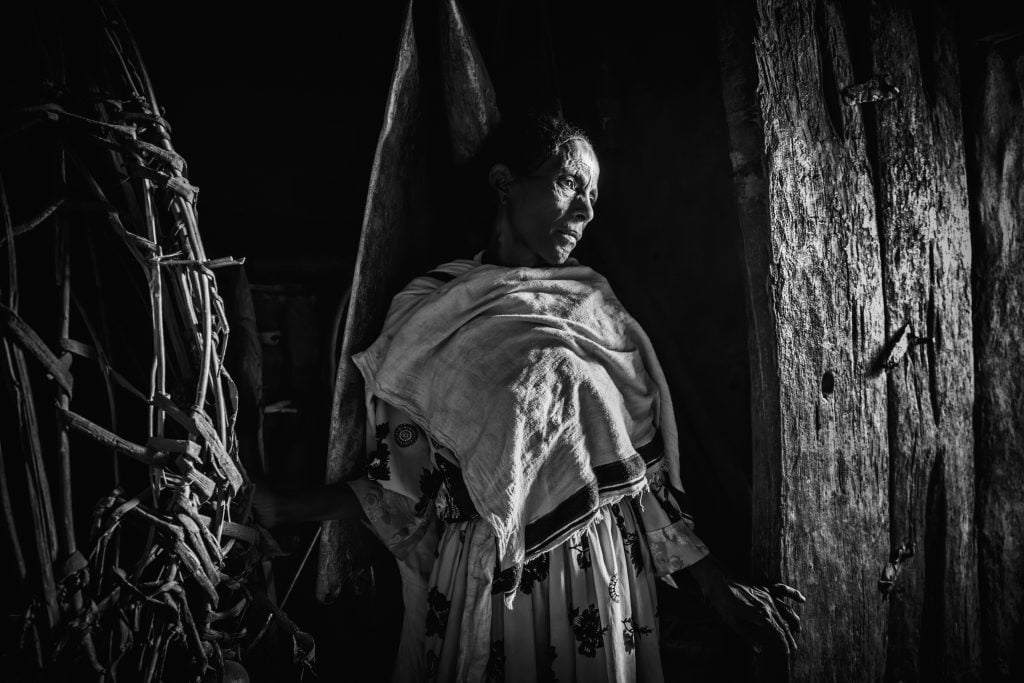
Pedigreed polymath Julian Lennon—who inspired Beatles hits like “Hey Jude” and “Lucy In The Sky With Diamonds”—is unveiling his first-ever photography retrospective at the international photography research center Le Stanze della Fotografia in Venice, Italy. Lennon has presented several solo shows over the years, but this ticketed exhibition, “Whispers,” bridges portraits of Lennon’s famous friends with sights he’s seen while traveling for The White Feather Foundation, an environmental and humanitarian organization he founded in 2007.
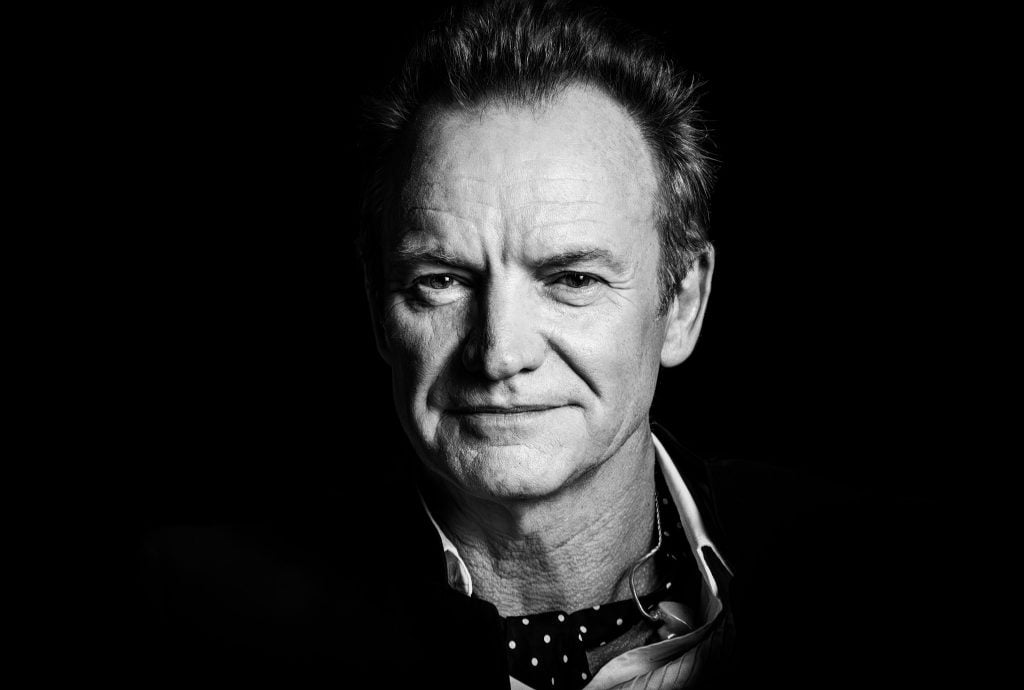
Julian Lennon, Sting (2017). Courtesy of Julian Lennon.
Lennon is the elder of John Lennon’s two sons, from the Beatle’s first marriage to British artist and author Cynthia Lennon. Julian’s fraught relationship with his father haunted his breakout single “Valotte” (1984). But he’s been honing his photography ever since he was a child, too. Over email, Lennon recounted that he remembers documenting “beautiful summer holidays by the beach, or funny skiing pictures of friends and family.”
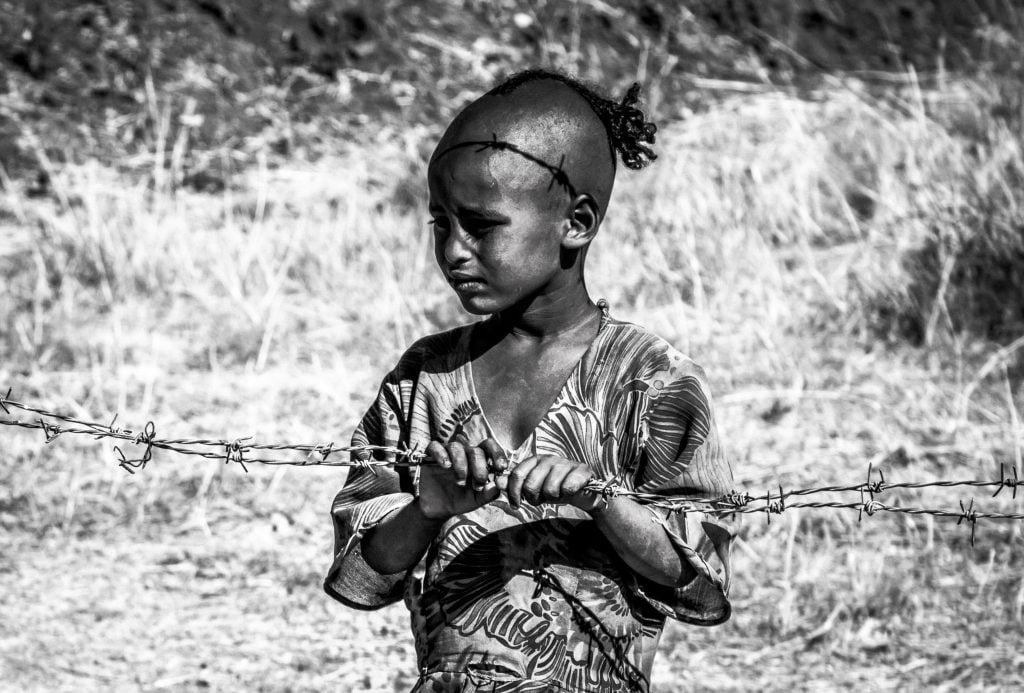
Julian Lennon, Down To The Wire (2014). Courtesy of Julian Lennon.
Photography, he said, “enabled us to all cherish the memories of days gone by, and of all the people we have loved and lost.” Approaching the craft professionally, however, happened organically, “as has been the case with every artistic medium I’ve embraced,” Lennon pointed out. Sight is an incredibly direct sense. That power attracted him to photography, out of all the methods of “sharing ideas, dreams, and of course, sharing the truth.”
“It allows us to empathize with concerns that are halfway around the world, that we may never have known about, had it not been for a photograph,” Lennon added.
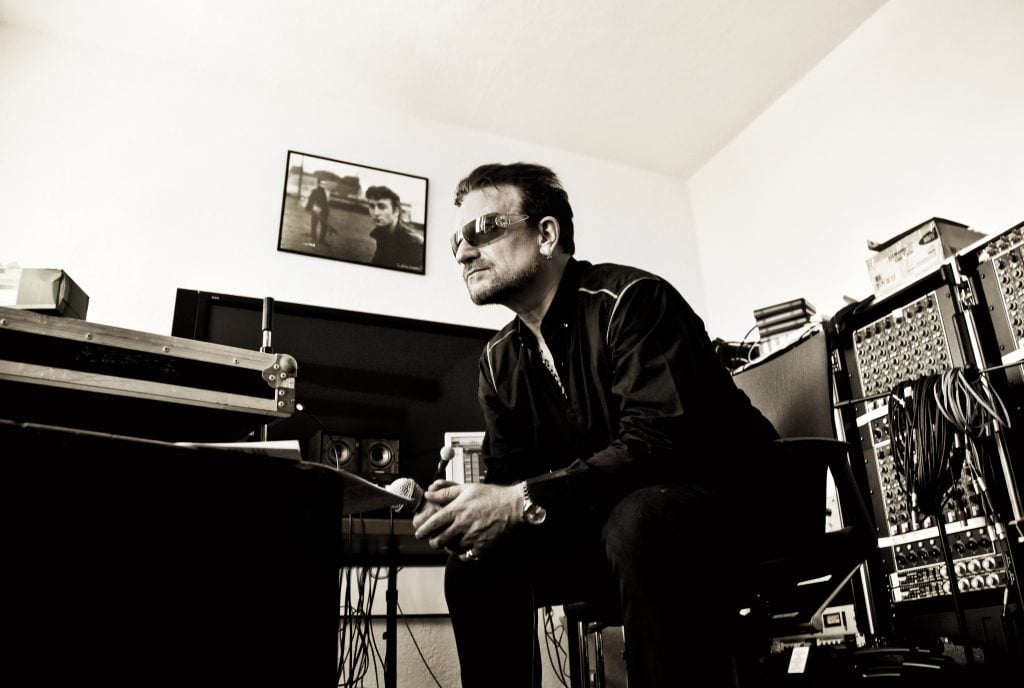
Julian Lennon, Someone To Look Up To (2010). Courtesy of Julian Lennon.
Sting appears in “Whispers,” as does Bono, in a photograph that Lennon originally titled Lennon Sandwich. In another interview, he recounted jumping up from his spot on the floor, where he’d been relaxing and discussing life with the U2 frontman after a long day the band spent recording at his house. Suddenly, Lennon noticed a photo featuring his father that hung behind Bono, and had to grab his camera. Lennon admires Bono, and Bono admires John Lennon. In “Whispers,” it appears with the title Someone to Look Up To.
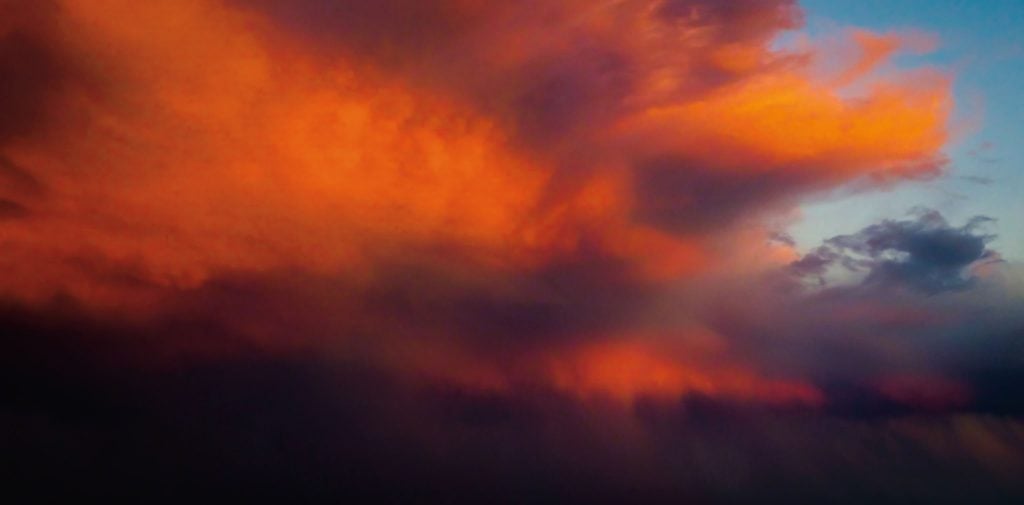
Julian Lennon, Blaze (2012). Courtesy of Julian Lennon.
Lennon had approached publishers about creating a coffee table book compiling his work, but none of them ever bit. “So, temporarily, I’d put the idea out of my head,” he said. Then, last year, the Dusseldorf-based publishing house teNeues Verlag came knocking, asking why he’d never created such a book and whether he was interested in doing so. “I’ve been at this long enough now, where I have amassed enough material/collections to be able to put together a retrospective photography book like this,” Lennon said.
Julian Lennon, Andy Goldsworthy, Oak Room (2010). Courtesy of Julian Lennon.The result, Life’s Fragile Moments, which hits shelves September 15, revolves around the themes and styles driving his practice. Lennon’s various “collections” have drawn inspiration from celebrities, everyday people, and nature alike. He avoids any single subject matter, or singular style.
“One should be as free as possible to express as little or as much as possible, as you see fit, or feel,” Lennon wrote. “It is ‘Art’ after all.” Lennon said that choosing selections for the book from the thousands he has on hand was “a traumatic experience.
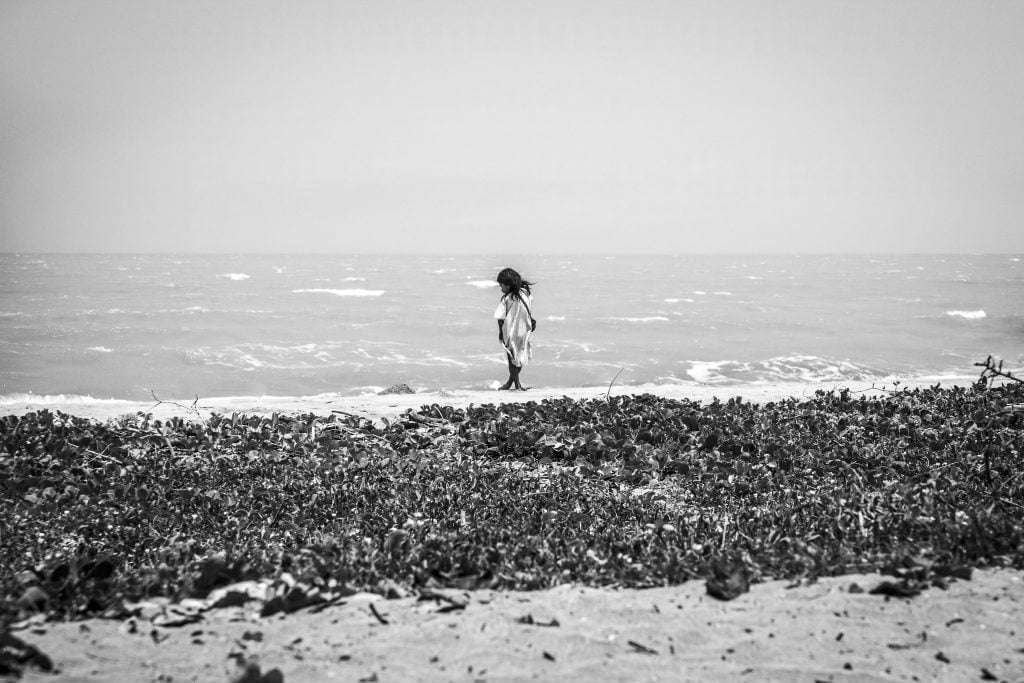
Julian Lennon, Kogi Tribe/Colombia #2 (2014). Courtesy of Julian Lennon.
“How do you tell the same story/collection, in 4-10 images, as you would 40 images?” he said. “What really matters? What’s really important? And what is it that I’m trying to express?”
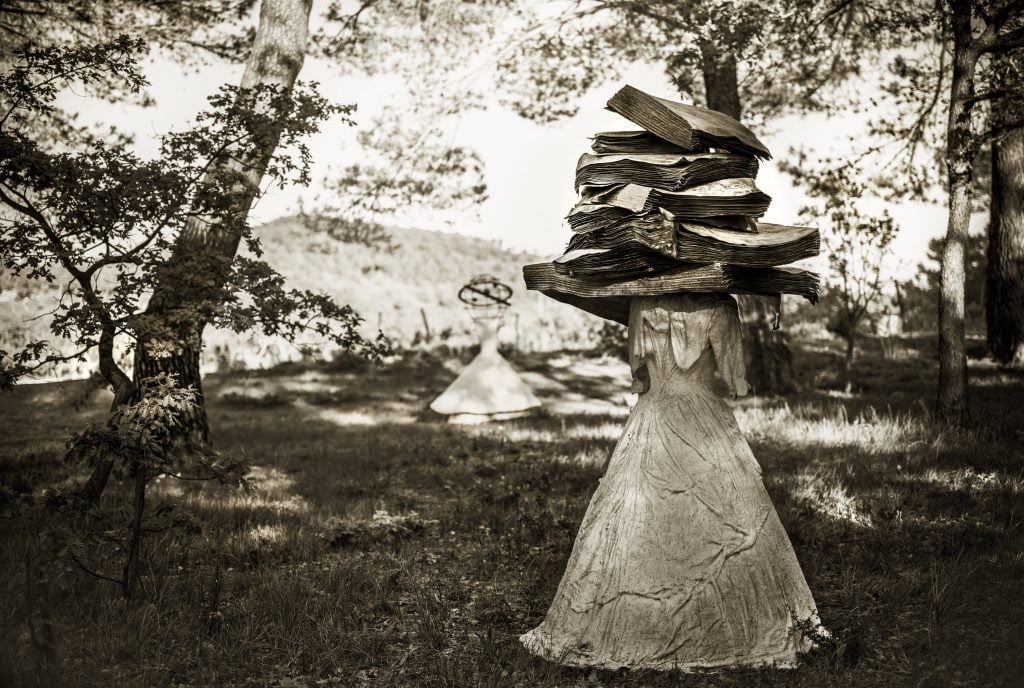
Julian Lennon, Wedding Dress #2 (2023). Courtesy of Julian Lennon.
Lennon’s Venice retrospective came together courtesy of his co-curator and frequent collaborator, designer and photographer Sandrina Bonetti Rubelli, who scoped out the venue, scheduled the show, and selected its title. Lennon led the curation, arranging more than 150 images that echo his book’s structure. He sees the show’s thematic, interrelated rooms like “wandering corridors, allowing the ideas to flow from one to another.”
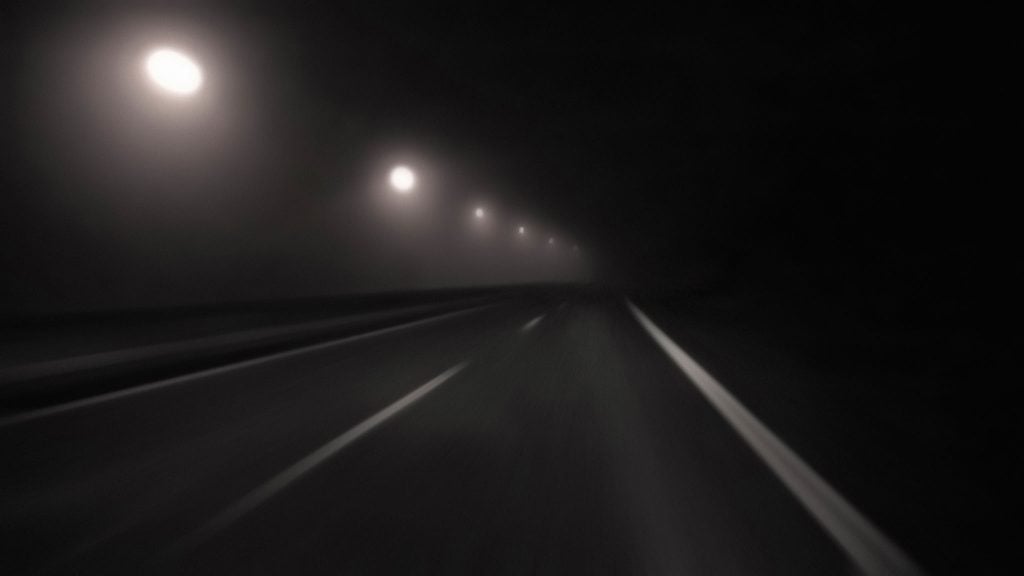
Julian Lennon, Timeless (2007). Courtesy of Julian Lennon.
The earliest work on view is Timeless, taken during 2007 from a bus while on tour with his younger brother Sean Ono in Europe. Black-and-white photos like this ebb and flow against the desaturated landscapes, painterly clouds, and pensive pictures from Lennon’s work with The White Feather Foundation, which has connected girls with higher education in Kenya and provided disaster relief in Ecuador, and taken him around the world.
“Taking photos was secondary to the missions at hand,” Lennon said. “It was only after these trips, that when I got home, I would sit in front of my computer, and look at all the images of my travels, and think, I might have something to share.”
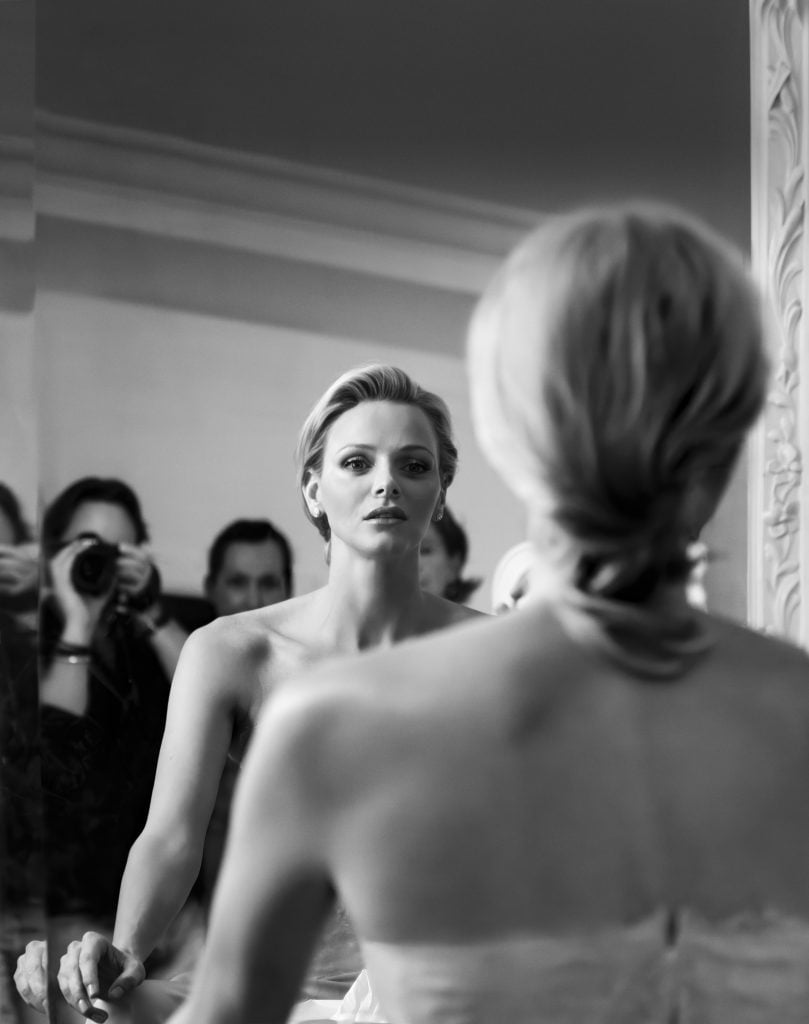
Julian Lennon, Charlene Wittstock #14 (2011). Courtesy of Julian Lennon.
“Whispers” is on view at Le Stanze della Fotografia, Santa Marta, Fabbricato 17, San Giorgio, Italy, through November 24.





